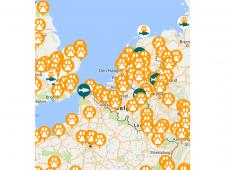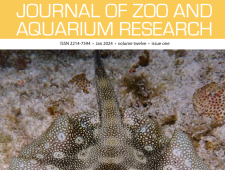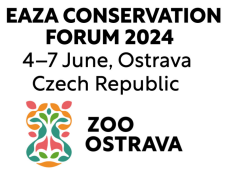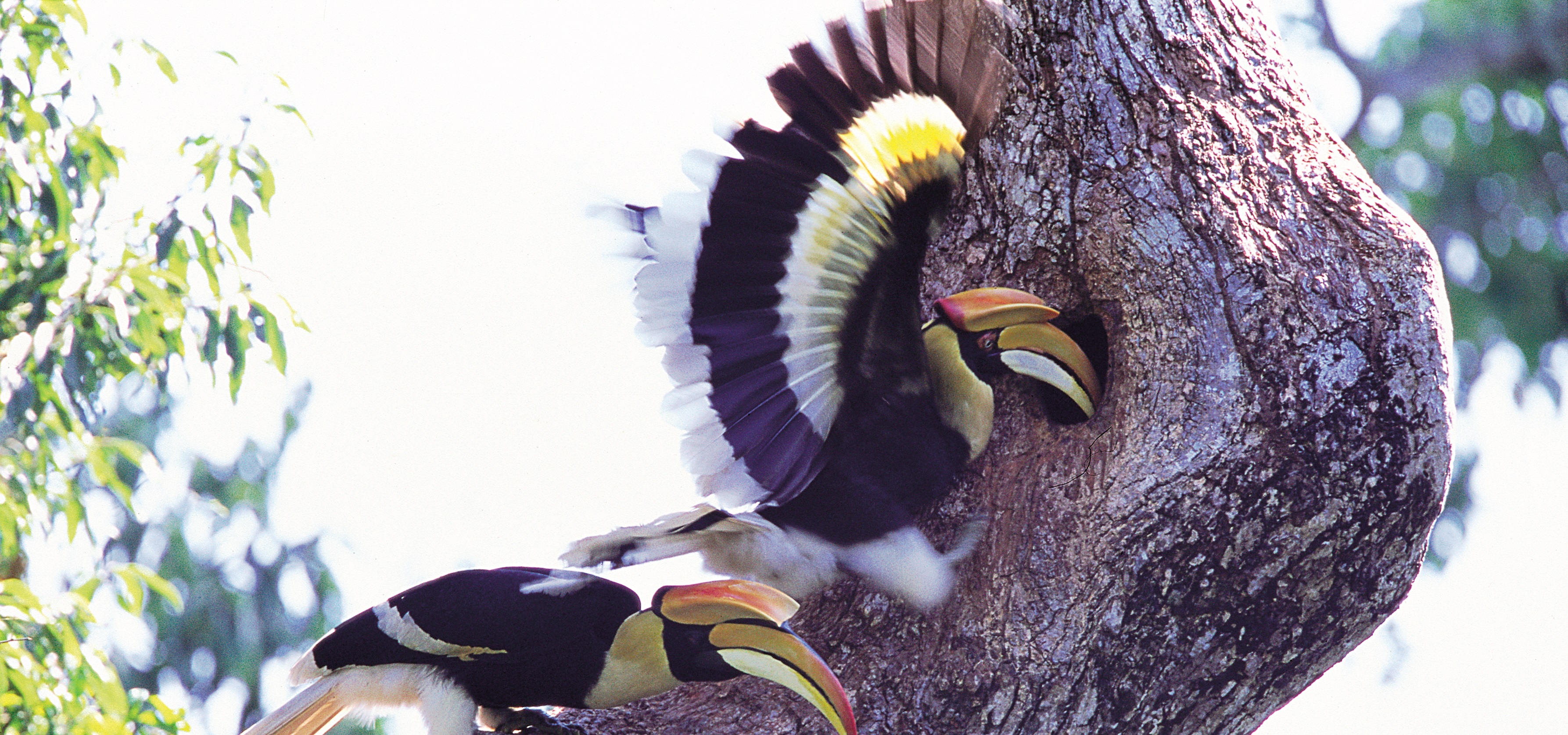Great hornbill
Programme roles
| • Research Focus on life history, biology, physiology and behaviour research. To succeed, it would be necessary to find partners to do the research with (universities, research institutions) and to share information between institutions (e.g. by publishing, workshops, etc.). • Insurance Population This role contemplates the possibility to maintain a long-term ex situ population to preserve options for the future. The ex situ population, in collaboration with AZA (and perhaps other regions), is a potential future source to build up (long-term) populations for reintroduction. Like some other hornbill species, Buceros bicornis is facing a husbandry challenge and as a consequence of this, a decreasing population. For this reason, one of the main characteristics required to accomplish this role is to research hornbill breeding as well as demographic and genetic management. • Training This training role would emphasize on sharing husbandry knowledge with rescue centres in range countries, helping them to keep the animals alive long enough as well as treat them so these centres can release them in a short-term period, if this is considered safe and feasible. • Education Set up educational programmes with local partners (rescue centres, NGOs, zoos, etc.) to educate local communities and mitigate illegal animal traffic, including the demand of body parts such as casques, heads, beaks, etc. The feasibility to achieve this role depends on funding availability. • Capacity building Improve performance of rescue centres and regional zoos, paying special attention on educating efficiently local communities. The feasibility to achieve this role depends on funding availability. |
|
| • Conservation education Provide messages about hornbill conservation in general and related to illegal traffic (through special events such as hornbill day, nest adoption programme, …) where Great hornbills (or other hornbill species) may act as ambassadors. The nest adoption programmes are done in cooperation with NCF-India and Hornbill Research Foundation in Thailand. • Research (husbandry) Development of tools to understand hornbill breeding and sharing the knowledge through guidelines. This knowledge could apply to other hornbill species that face similar breeding challenges. • Fundraising Help raise funds to support conservation in India and Thailand through the nest adoption programme, international hornbill day, etc. • Research (veterinary) Disease control in ex situ population with special attention to wild caught animals. This role is aimed to be done in cooperation with other regions and involving EAZWV. |
|
| • Exhibit It is an iconic species, very attractive to visitors and would require a naturalistic enclosure. |
Programme highlights
- The second issue of the IUCN Hornbill Specialist Group newsletter has gone out (31 October 2020)
- EAZA published its 2021 Annual TAG Report.
 This work is supported by the European Union LIFE NGO funding programme. The European Union is not responsible for the views displayed in publications and/or in conjunction with the activities for which the grant is used.
This work is supported by the European Union LIFE NGO funding programme. The European Union is not responsible for the views displayed in publications and/or in conjunction with the activities for which the grant is used.









